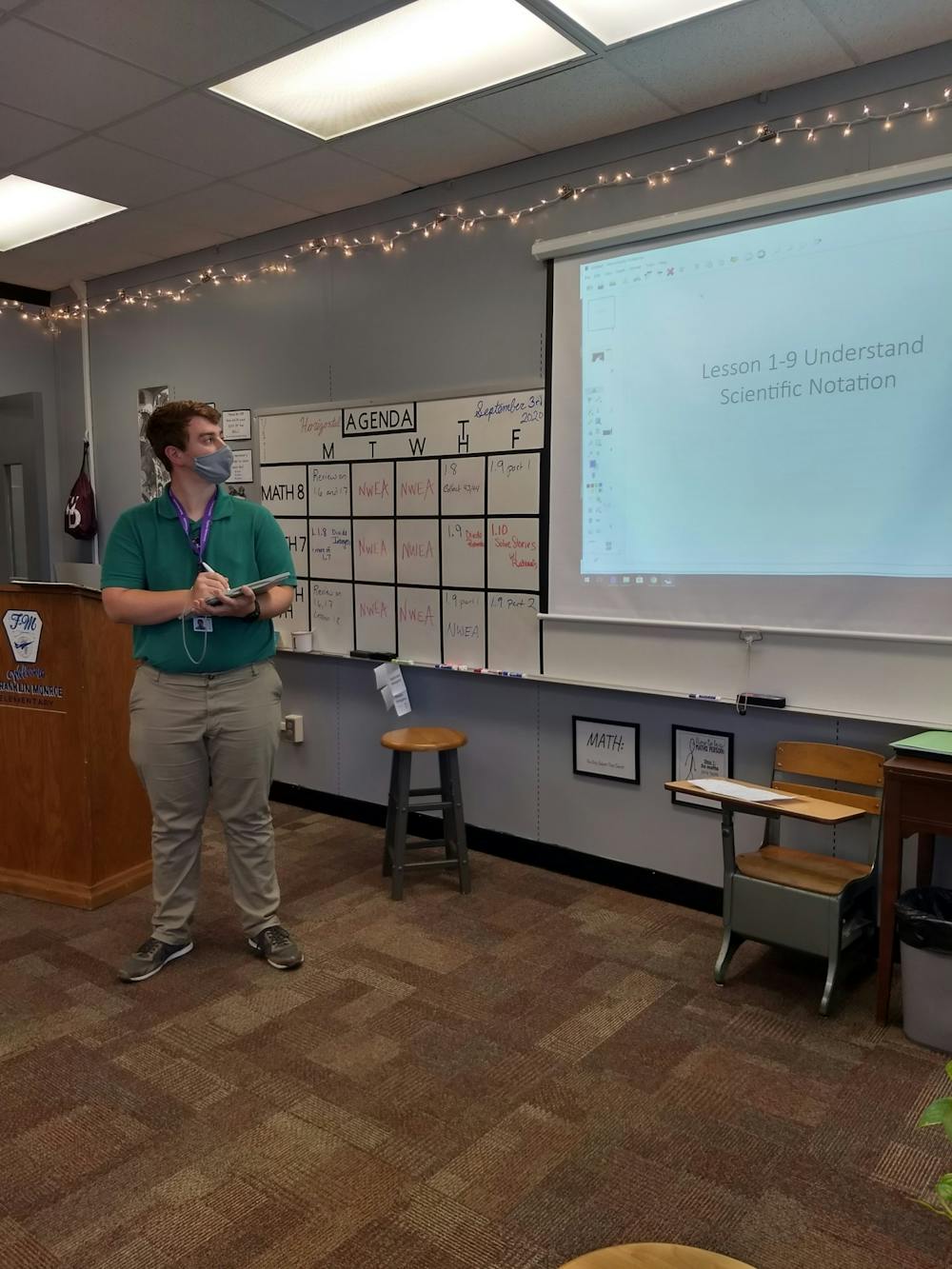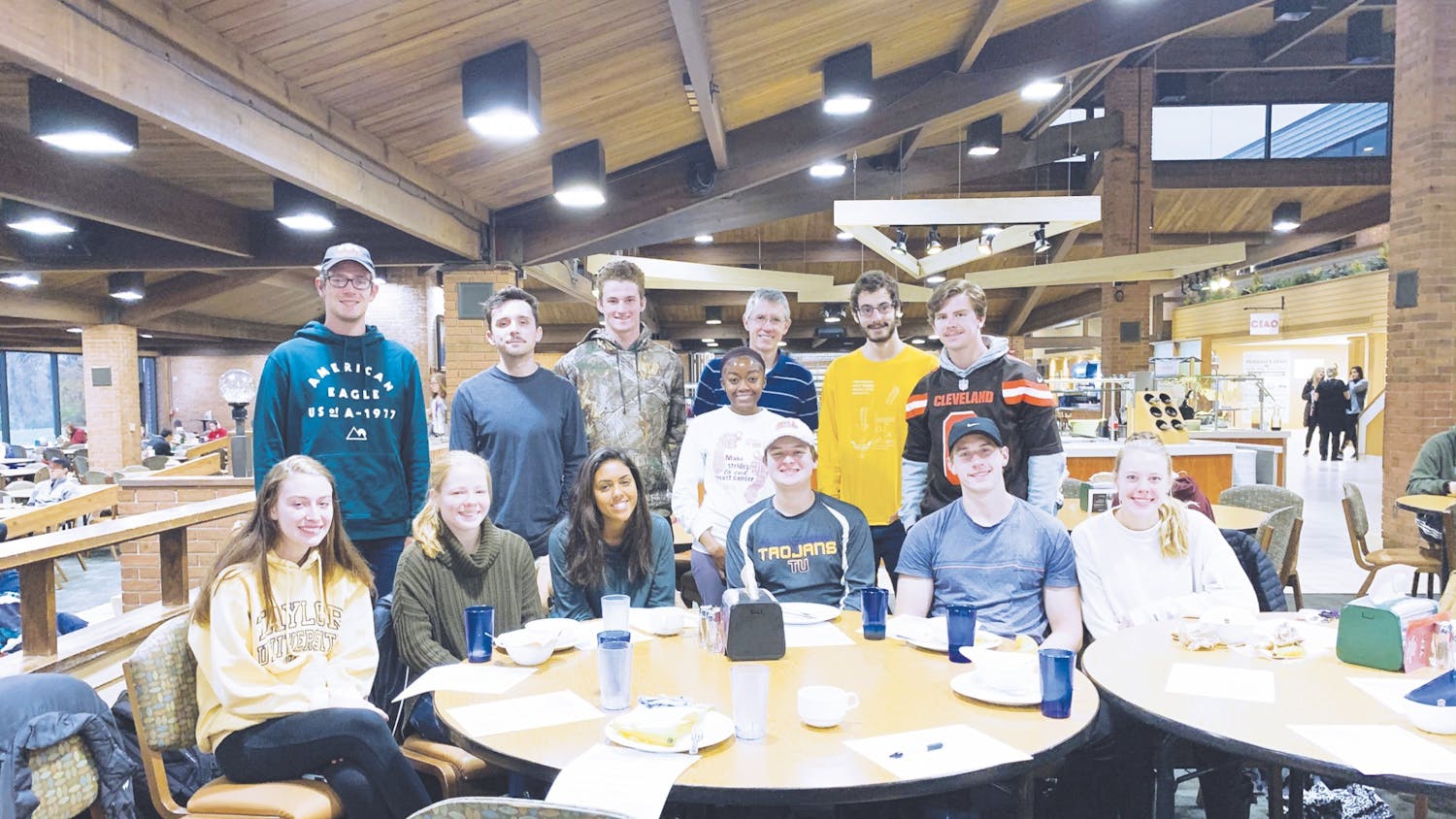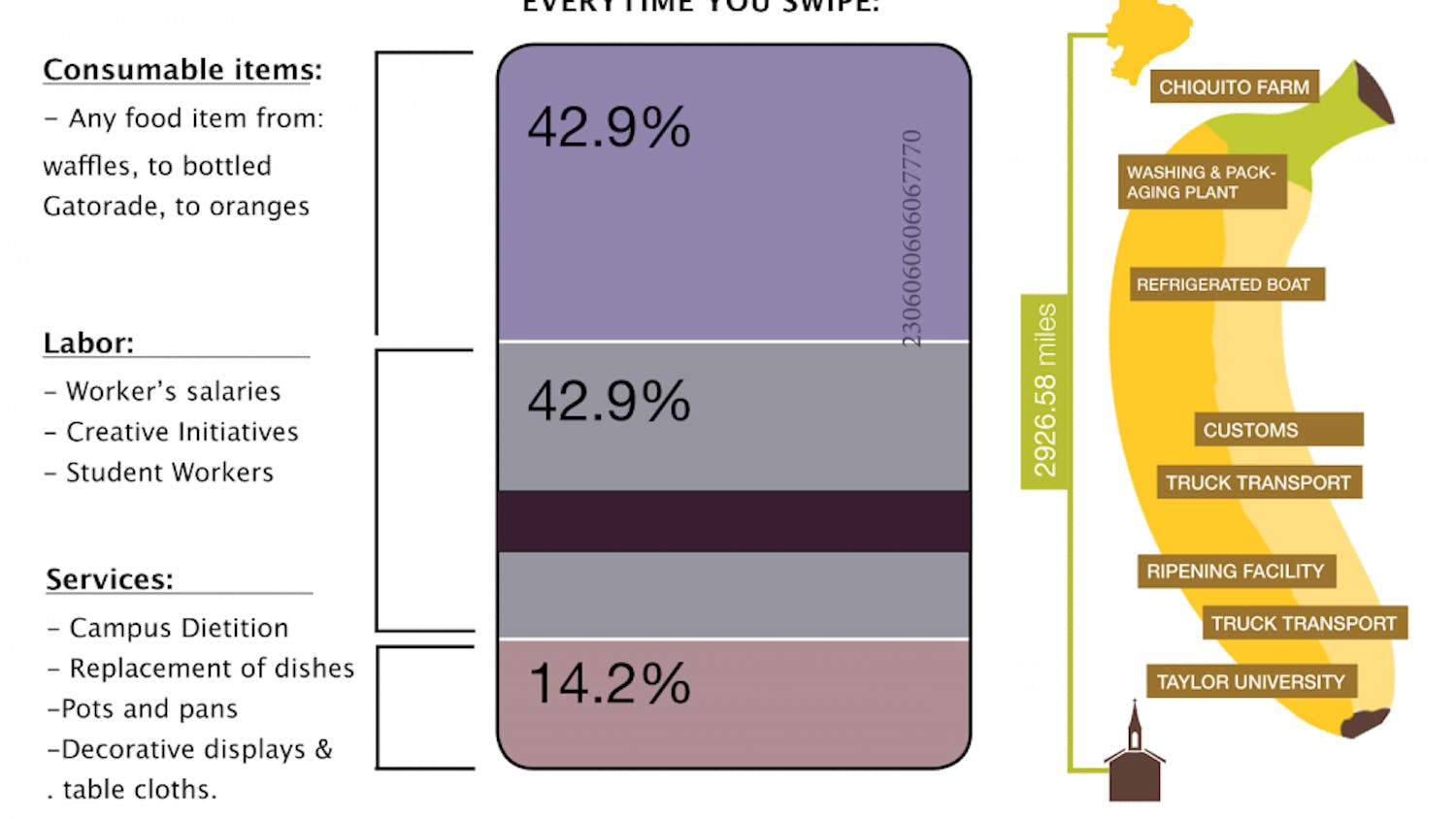How can education students learn to teach when COVID-19 breaks the time-honored norms of teaching?
As schools in the Grant County area navigate plans for in-person, hybrid and online classes, this is the question that many senior education majors are faced with this fall.
Each school is finding a unique strategy to keep classrooms COVID-friendly. Senior Caroline Massey is student teaching at Kendall Elementary in Marion, and says that her classroom is mostly in-person, with online learning days on Fridays.
“We do a lot more outside because they can social distance really easily, without wearing a mask,” Massey said.
In her class of third graders, this has also been a good fit for energetic students who have a hard time sitting still.
Katy Griswold, also a third grade student teacher, says that her kids have been happy to go along with COVID measures.
“They have been really compliant and even think it’s cool to wear masks,” she said. “They see it as a fashion statement.”
However, student teaching is never easy, especially during a pandemic. Not only are these seniors in their classrooms full-time, they also have to complete assignments for their Taylor coursework.
Senior Alex Choate, student teaching fourth grade at Allen Elementary, says that the combined roles of teacher and student are challenging to navigate.
“Understanding that I am a student, and having grace for myself that I’m not just the teacher, has been huge,” Choate said.
Griswold also shared that as a student teacher, there are many curve balls thrown each day. On top of learning how to teach, changes in online learning and parent concerns have added new levels of complexity.
However, even through difficulty, these Taylor students are keeping the element of fun in their classrooms. Student teacher and senior Logan Tuckey thinks of a saying from his dad, an experienced teacher, in these circumstances.
“If you’re not having fun in my class, that’s my fault,” he said. “If you’re not doing well in my class, that’s your fault.”
Tuckey, who is pursuing secondary math education, has been using creative visual aids to help his middle school students. One of his recent highlights was acting out a giant number line to illustrate absolute value. His students laughed as they watched him run across the room to simulate different numbers’ values.
Griswold says that contactless games and quick YouTube video clips have helped keep her classes engaging and light-hearted. At the end of the school day, she also enjoys bonding with her students through jokes and TikTok dances.
Choate gives the school day a fun start by asking her students unique questions while they walk into class. Some favorites have included whether or not they drink coffee or dip their pizza in ranch. For her, this started as a spontaneous choice, but it has grown into a meaningful connection point.
“It’s been a really cool relationship builder, because then we can start conversations off of their answers,” Choate said, “It’s meaningful to them that I want to know something so random about them… That’s really, really huge.”
In addition to fun, each student teacher reflected on unique opportunities to make significant impacts on their students.
Tuckey wears a cross necklace to school every day, and it has already started conversations about faith with his students. He teaches at a public school, so he cannot openly discuss his beliefs unless the students ask him questions.
“I’m praying for more conversations like that where I can share my faith, whether that’s indirectly through them seeing how I interact with them and their peers, or directly,” Tuckey said.
Massey and Choate both student teach in Marion, where a majority of students struggle with broken homes and difficulties outside of school.
“My students have opened up to me a lot,” Massey shared. “I’ve just been able to listen and help them in whatever way that I can, which has been impactful for me and them.”
It can be stretching to find a balance between helping students strive for excellence while supporting them through hard family situations. When kids are not supported well at home, these student teachers use discernment to care for their students in the best way possible.
“(When) a child comes up to you and tells you, ‘I’m living in a house with bed bugs,’ or ‘I’m not safe in my house,’ it hurts every time,” Choate said. “But you have to learn how to also find the professional and emotional balance.”
At the end of the day, however, these student teachers love what they do. Each one expressed hopes for the pandemic to improve so they can teach normally again.
“I am able to rely on God a lot more, in ways that I feel like I never have in the past,” Griswold said. “I feel really grateful, actually, to be a part of something that’s so different.”





